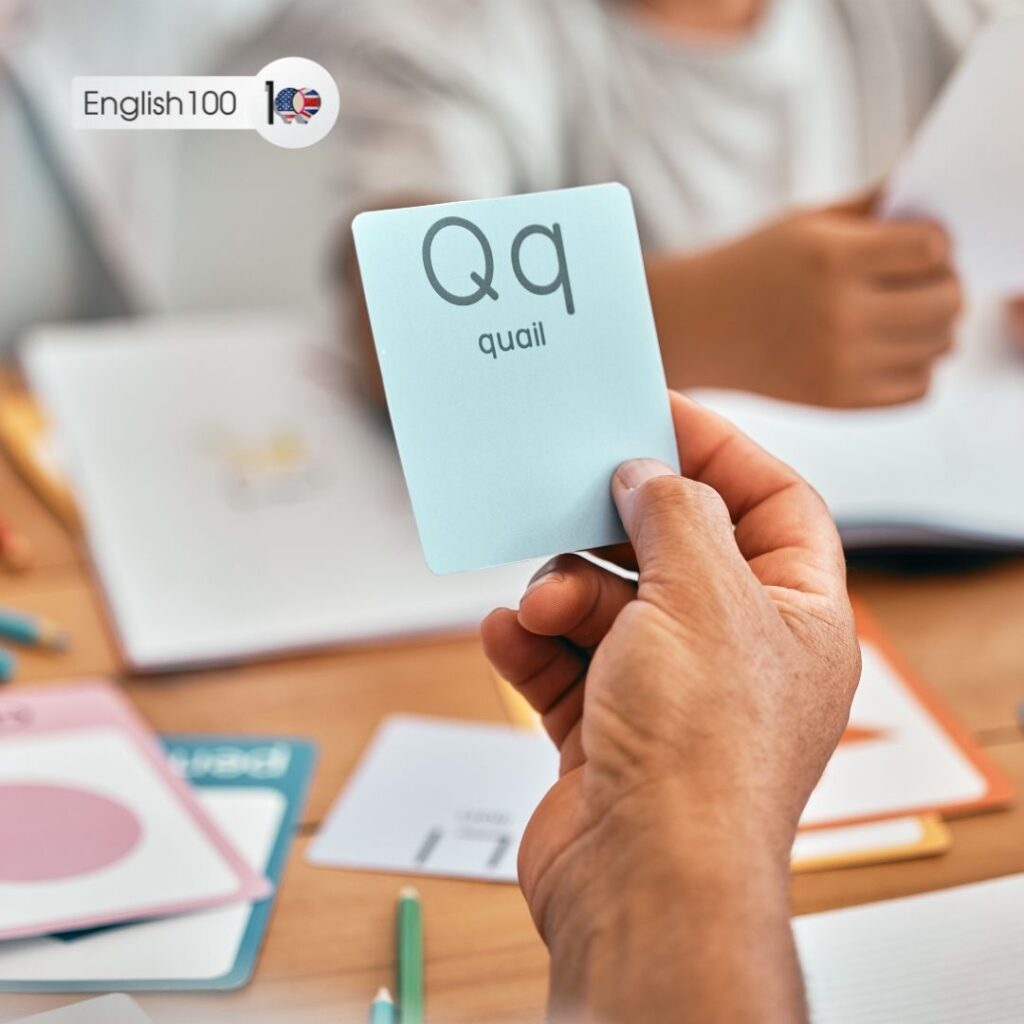English language learners come from all walks of life and have many different needs when it comes to learning English. That’s why it’s important to create foundations for teaching English language learners that offer students the best possible chance of success.
In this article, we’ll explore five key elements that should be included in any ELL teaching program. This will help you to meet the specific needs of your students and give them the best possible foundation and special education for future success in learning English.
Foundations for teaching English language learners:

The foundations for teaching English language learners are rooted in understanding the unique needs and challenges that these students face. Teachers must have a strong knowledge of language acquisition theories and be able to apply them in the classroom.
They should also possess cultural competence and be aware of the diverse backgrounds and experiences of their students. Additionally, teachers must be skilled in differentiating instruction to meet the individual needs of English language learners, providing ample opportunities for language practice and development.
Building a supportive and inclusive classroom environment is crucial, as well as fostering collaboration and interaction among students. Finally, ongoing professional development and staying updated on current research and best practices in teaching English language learners are essential foundations for effective instruction.
So read on, and start building your ELL teaching program today!
However, at the heart of ELL stands the same goal — to prepare students to speak English as quickly and proficiently as possible. The objective is so students can not only excel in academics, but they can also partake in social activities and have the ability to communicate with their peers and teachers.
1. Use role-playing exercises:
Role-playing exercises can be an effective tool for creating foundations for teaching English language learners. By having students act out different scenarios, they are able to practice their language skills in a safe and supportive environment. Role-playing can also help students build confidence in their ability to communicate in English, which is an important aspect of language learning.
These exercises can be tailored to fit the needs and interests of the students, making them more engaging and relevant to their lives. In addition, role-playing exercises provide opportunities for teachers to assess student progress and identify areas where further support may be needed.
Overall, incorporating role-playing exercises into English language instruction can help create a strong foundation for successful language acquisition.
2. Use interactive activities:
If you’re looking to create solid foundations for teaching English language learners, one of the most effective strategies is to incorporate interactive activities into your lesson plans. These activities can help engage students and make learning more fun and engaging.
Some great examples of interactive activities include group discussions, role-playing exercises, and games that involve vocabulary or grammar practice.
Not only do these activities help students learn new concepts, but they also encourage students to practice their speaking and listening skills in a supportive environment.
By incorporating interactive activities into your lesson plans, you’ll be creating a foundation for teaching that will not only benefit English language learners but all students who want to improve their language skills.
3. Use multimedia materials:

Using multimedia materials is a great way to create strong foundations for teaching English language learners. Multimedia materials, such as videos, audio recordings, and interactive software, can help to engage students and make learning more interesting and fun.
They also provide visual aids that can help to reinforce understanding of key concepts, which is particularly important for students who are still developing their English language skills.
In addition to being engaging and effective, multimedia materials are also versatile and easy to use. They can be accessed from a variety of devices, including smartphones, tablets, and computers, which makes them an ideal tool for both in-classroom and remote learning.
By incorporating multimedia materials into your teaching practice, you can create a dynamic and engaging learning environment that will help English language learners develop the skills they need to succeed. So why not give it a try? Your students will thank you for it!
4. Incorporate oral fluency drills:
Incorporating oral fluency drills is an effective way to create strong foundations for teaching English language learners. These drills involve the repeated practice of speaking and listening skills, which helps students develop their confidence and fluency in the language. Oral fluency drills can include activities such as role-playing, conversation practice, and pronunciation exercises.
By incorporating these drills into classroom instruction, teachers can help students develop their speaking and listening skills, which are essential for effective communication in English. Additionally, oral fluency drills can be adapted to meet the needs of learners at different proficiency levels, making them a flexible and valuable tool for teachers working with English language learners. Overall, incorporating oral fluency drills is an important step in creating a solid foundation for teaching English language learners.
5. Use variety in your curriculum:
Creating strong foundations for teaching English language learners is crucial to their success. One way to do this is by incorporating variety into your curriculum. ELLs come from diverse backgrounds and have different learning styles, so it’s important to offer a range of activities and materials that can accommodate their needs. This can include using multimedia resources, such as videos or audio recordings, to engage visual or auditory learners.
It could also involve incorporating group work or hands-on activities for students who learn best through social interaction or physical experiences. By providing a varied curriculum, you can create an inclusive environment that caters to the unique learning needs of all your students. In doing so, you will not only help them improve their language skills but also foster a love of learning that will stay with them for years to come.
ELLs move through different stages as they acquire English proficiency; there is a difference between conversational and academic language; ELLs need instruction that will allow them to meet content standards; and ELLs bring their own background knowledge to school.
Some FAQs:
What is the foundation for teaching English language learners?
Foundations for teaching English language learners largely depend on the four key skills: listening, speaking, reading, and writing. These skills are interconnected and form the basis of effective communication in English. In addition to these skills, grammar, vocabulary, pronunciation, and cultural awareness are also important elements of English language teaching and learning.
What are the benefits of creating foundations for teaching English language learners?
One of the benefits of creating foundations for teaching English language learners is that it can help students better learn vocabulary, grammar, and pronunciation. Additionally, it can help students develop essential academic skills and foster a love of learning.
How do you create foundations for teaching English language learners?
Some key elements of strong foundations for teaching English language learners include:
- Creating a welcoming and inclusive classroom environment
- Using visual aids and other instructional materials to support comprehension
- Incorporating technology and multimedia resources to enhance learning
- Offering differentiated instruction based on individual student needs
- Providing frequent opportunities for practice and feedback
In Conclusion, creating foundations for teaching English language learners is essential to their success and can help them develop important skills beyond just language proficiency. By focusing on key skills, providing a supportive environment, and utilizing effective instructional strategies, educators can help English language learners reach their full potential.
References:
- Nair, M. (2023c). What Is ELL In Education And Why It’s Important. University of the People. https://www.uopeople.edu/blog/what-is-ell/#:~:text=However%2C%20at%20the%20heart%20of,with%20their%20peers%20and%20teachers.
- The importance of supporting English language learners. (n.d.). Share My Lesson. https://sharemylesson.com/blog/importance-supporting-english-language-learners
